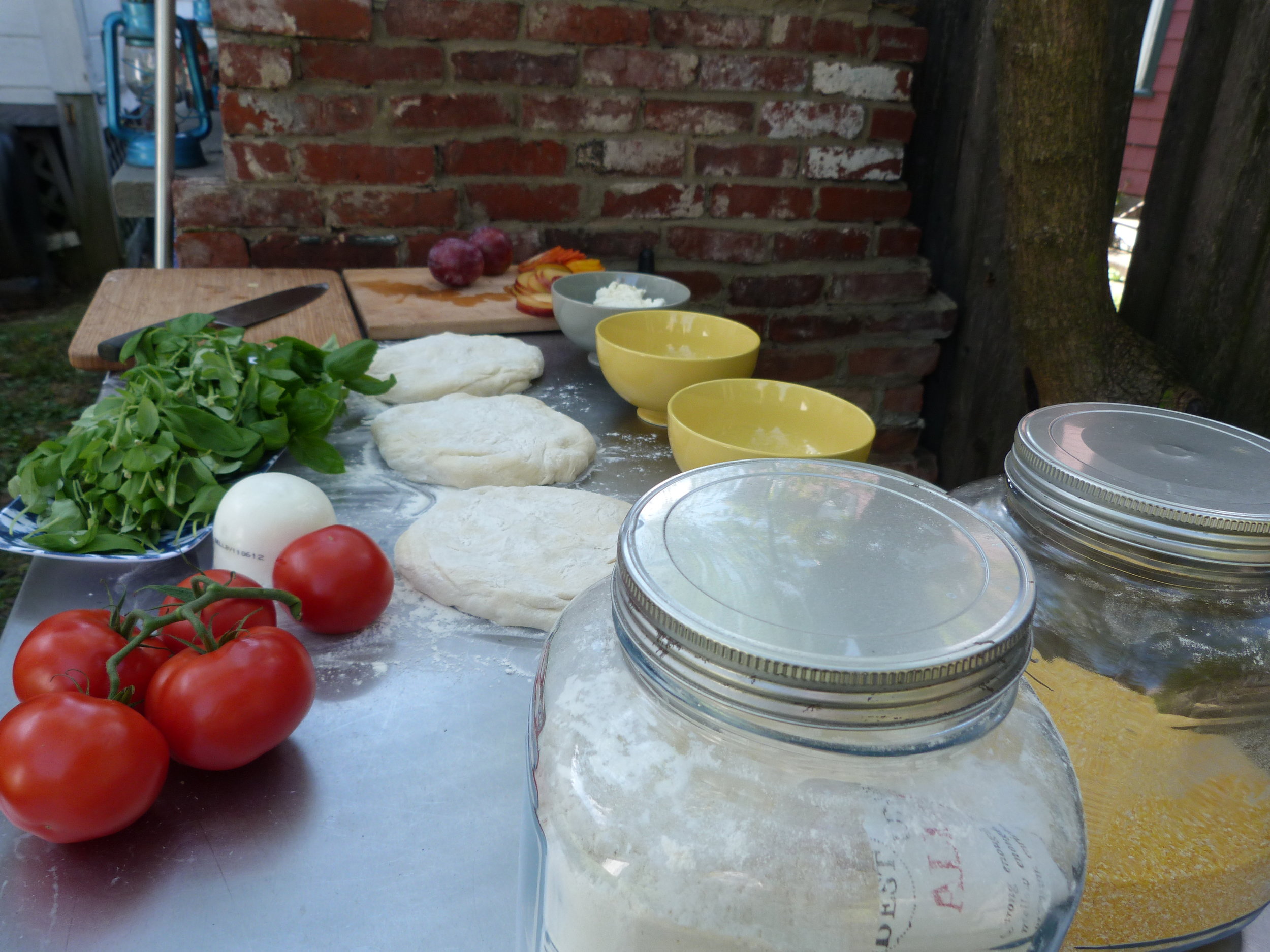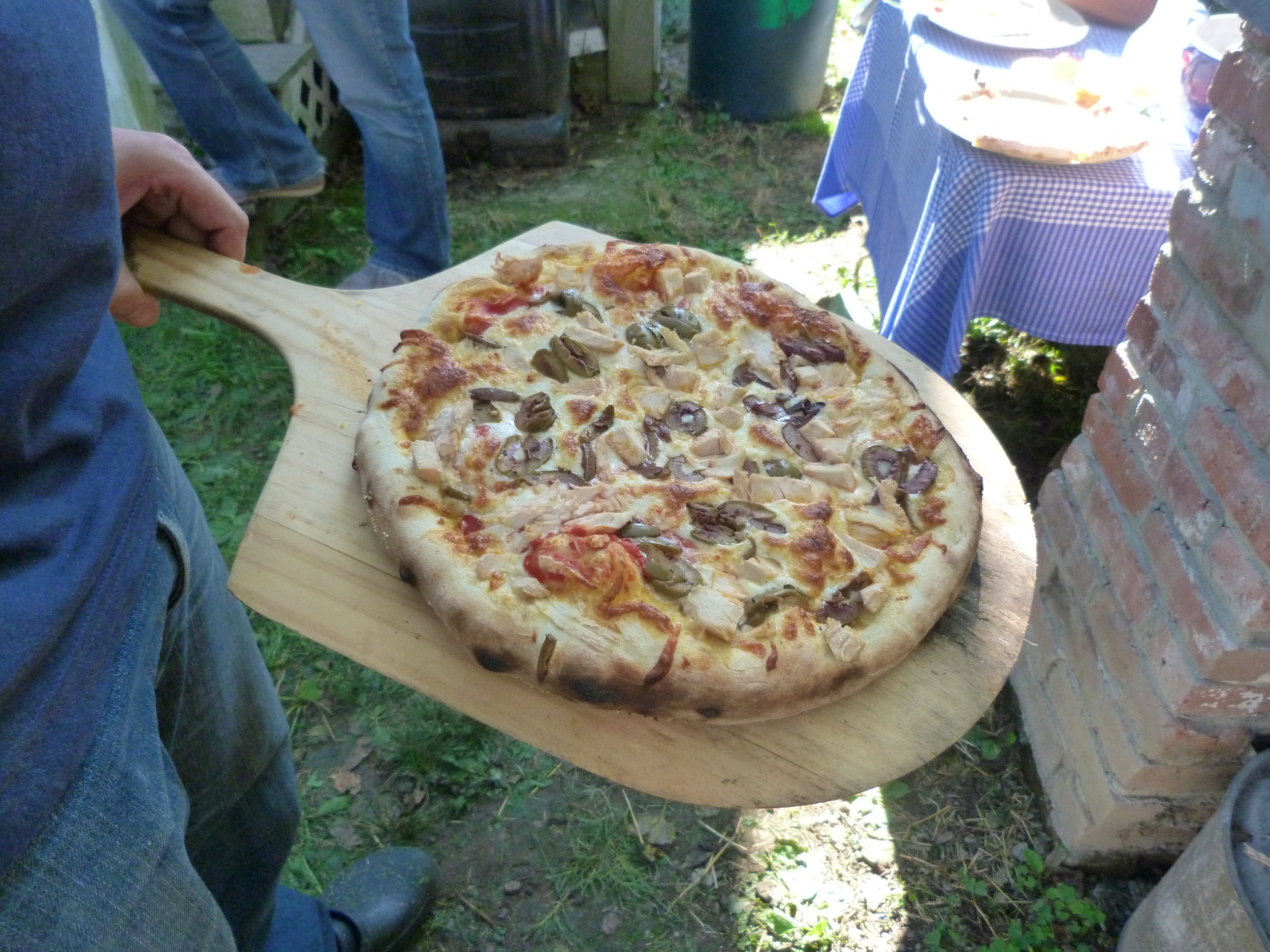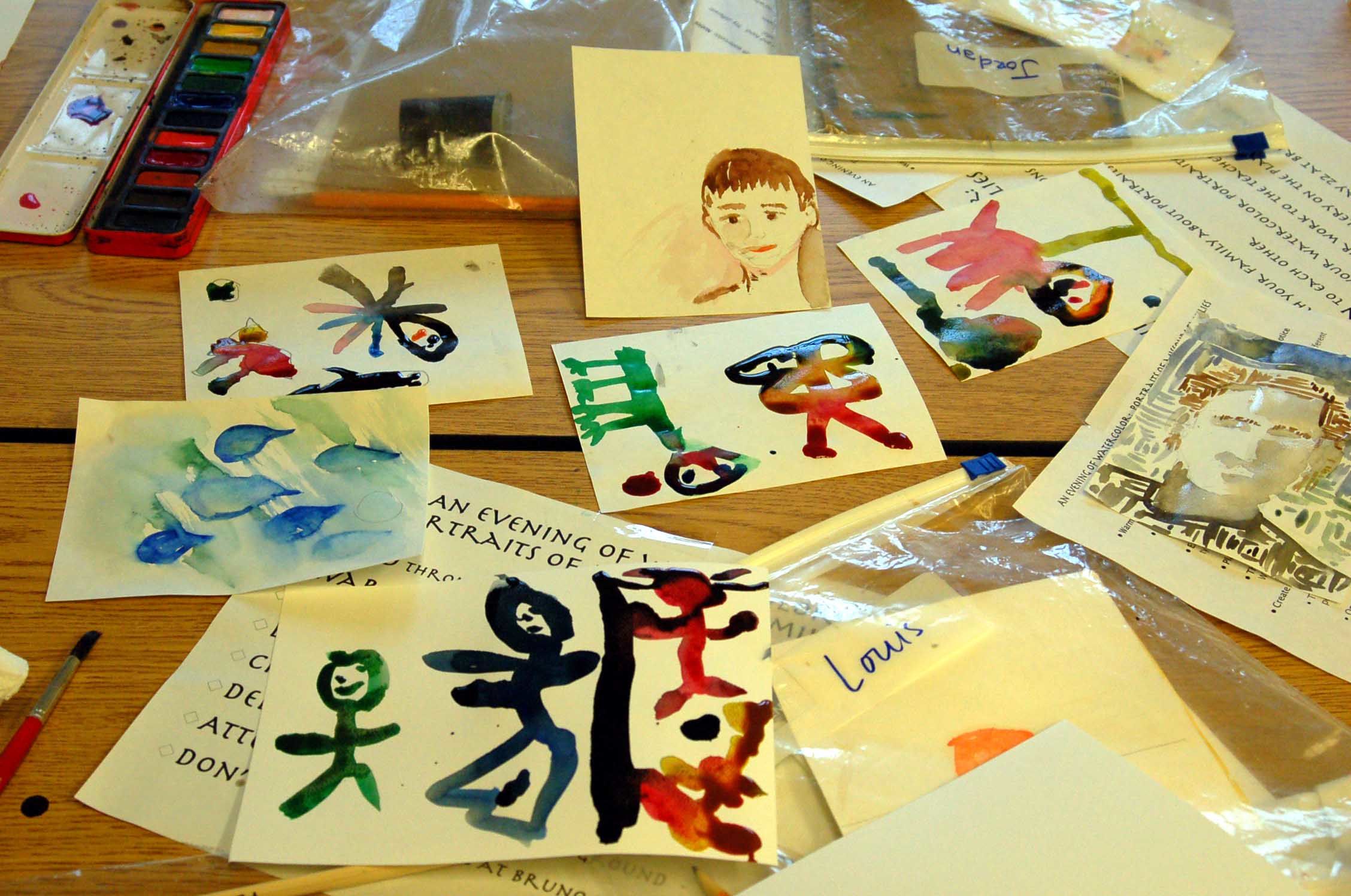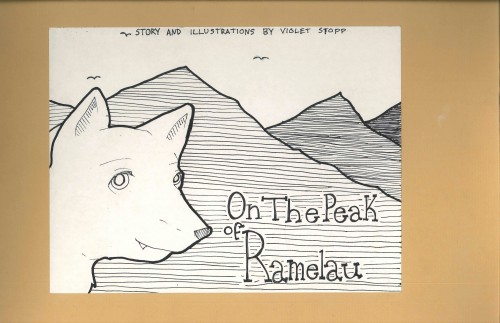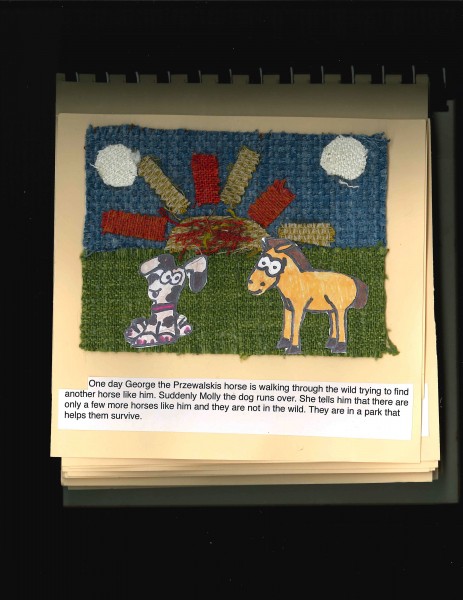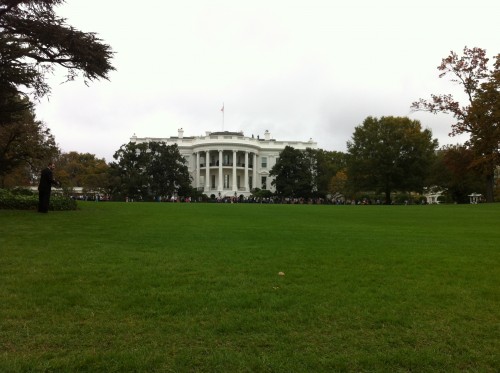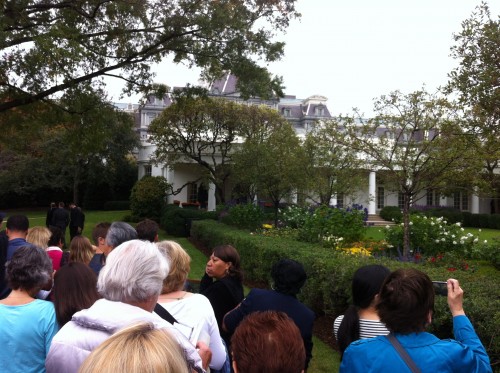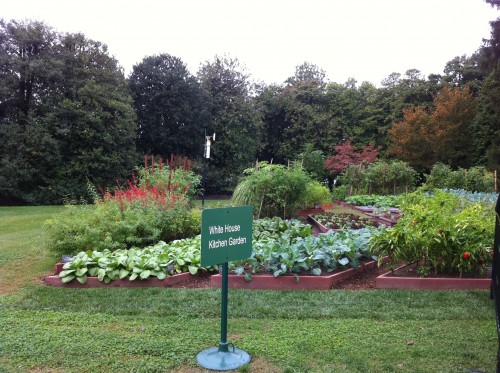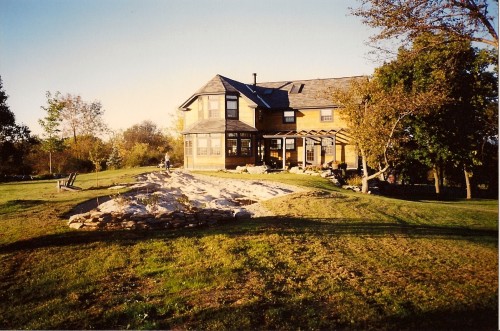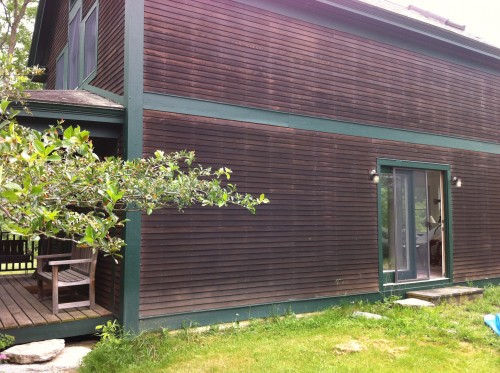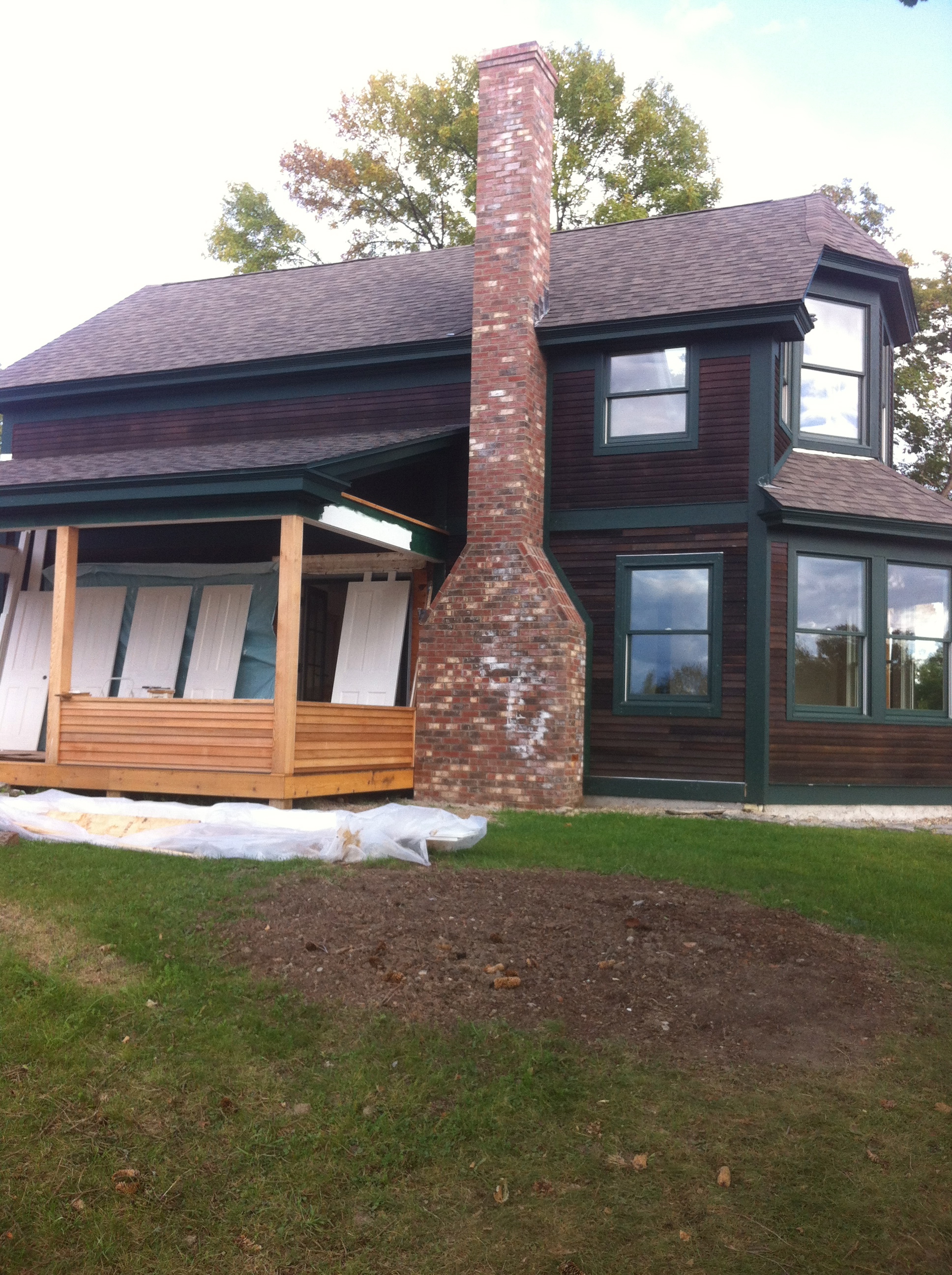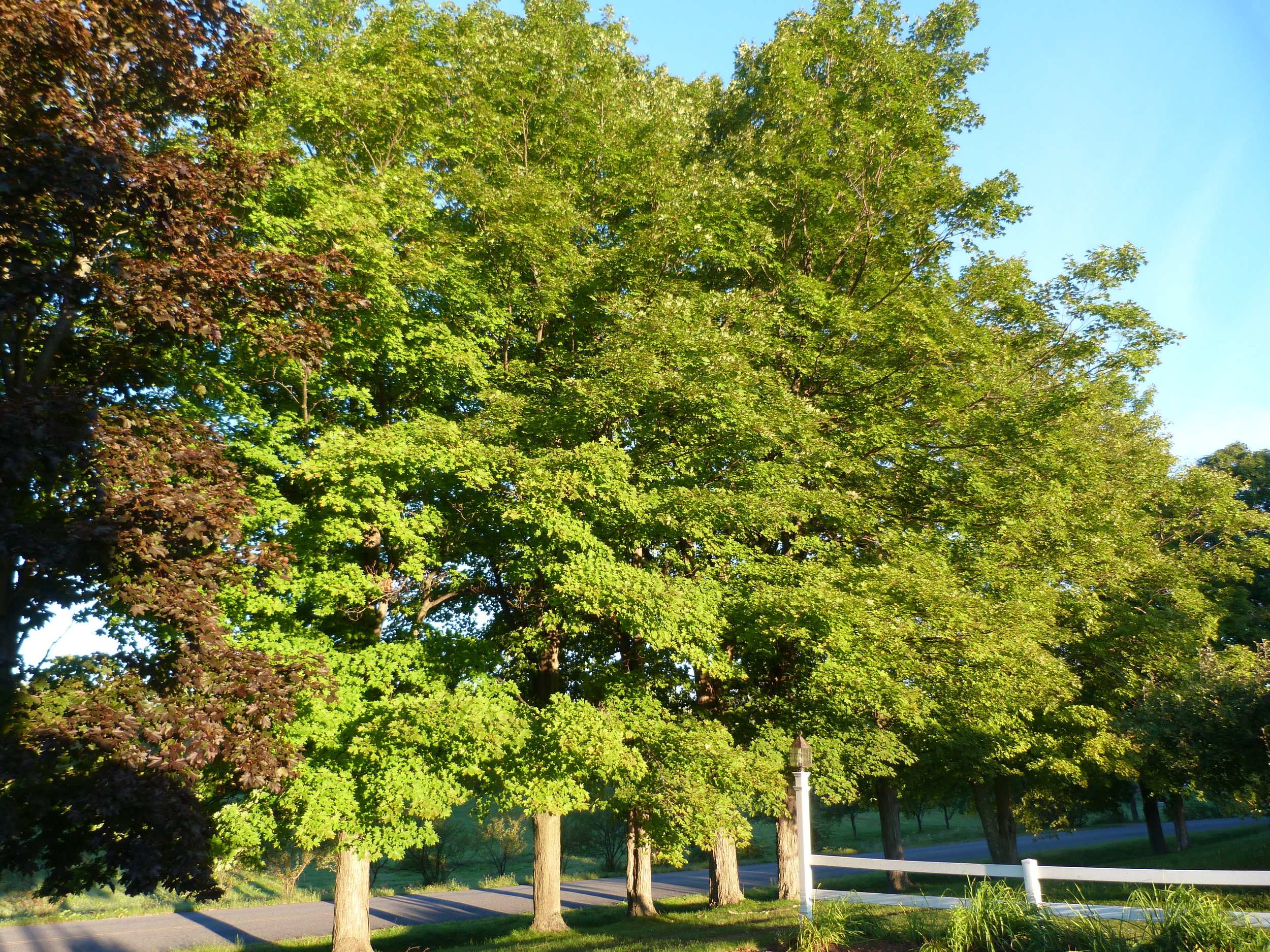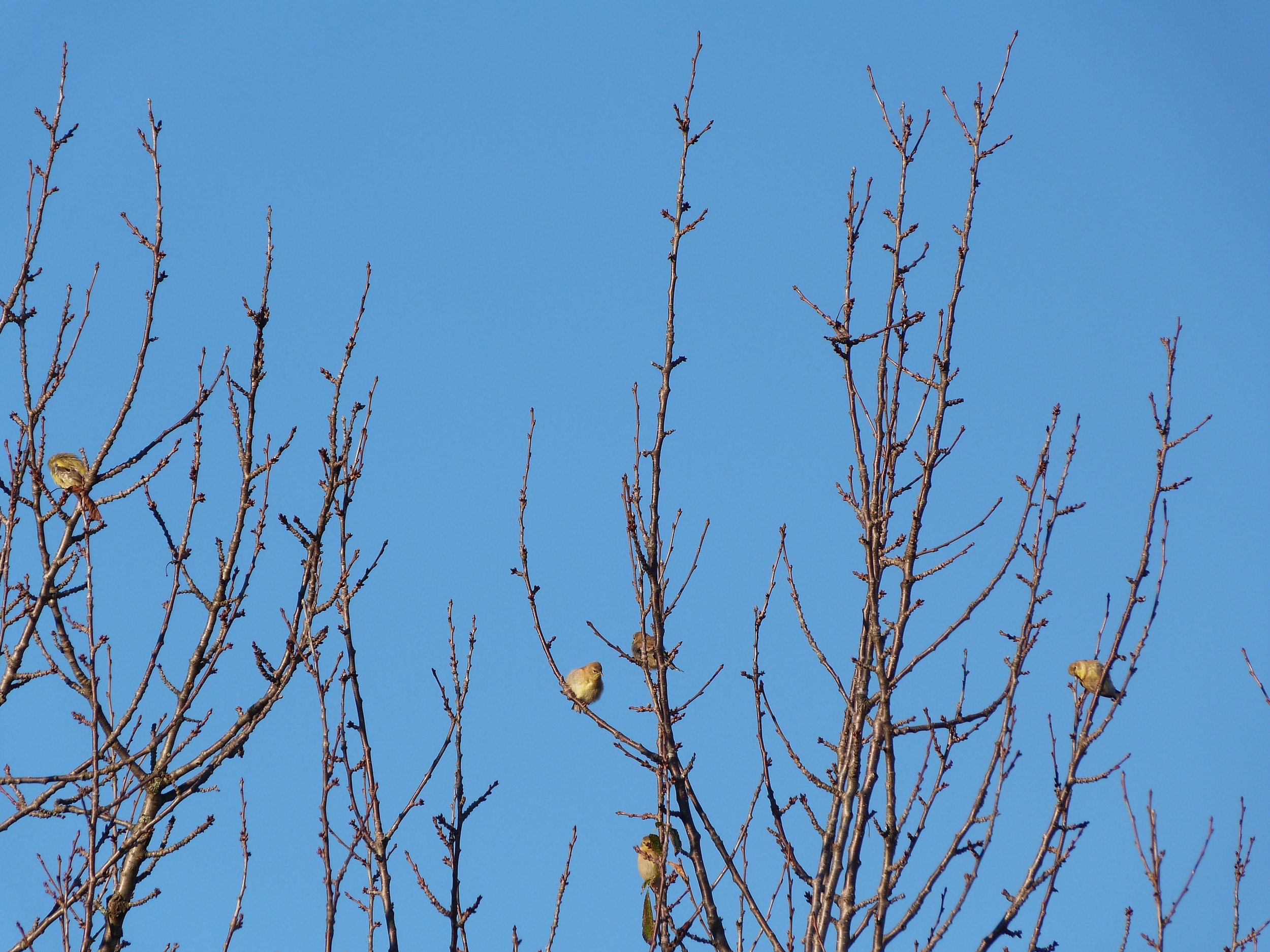 On public radio, on her show on November 7th, we heard Diane Rehm say, "Isn't it wonderful? The election is over."
On public radio, on her show on November 7th, we heard Diane Rehm say, "Isn't it wonderful? The election is over."
We share her sentiments! My goodness, what a lot of money, energy and emotion spent, leading up to a feverish conclusion. We wish all that were different, and that all that money, energy and emotion had gone toward improving education.
Mid-October, Chris Rock tweeted:
Half a billion dollars have been spent on campaign ads so far. It's a good thing our schools & economy are in great shape or I'd be mad.
What would it take for our schools to be in great shape? Some schools are in great shape and many people agree on what that looks like. One such example in the world right now is in Reggio Emilia, Italy. What are the conditions that contribute to their success? For one, the educators in the schools of Reggio Emilia are committed to living and practicing school as a democracy. In their publicly funded, municipal schools, you will find equality, shared voice in learning, policy and pedagogy, shared leadership and shared responsibility...among adults and children, students and teachers, teachers and families, and the schools and their communities. In her book, In Dialogue with Reggio Emilia, author and educational leader, Carlina Rinaldi weaves the values that are the foundation of democracy through every chapter.
In a 2011 article entitled, What's Democracy Got to Do with Teaching, in the Kappa Delta Pi Record Deborah Meier writes: Schools are where 95 percent of all American citizens, past and present, get their education. There isn’t some other Saturday school that teaches young people about democratic history, philosophy, and theory.
From her own experience, she continues...Creating a democratic school made for an incredibly invested and engaged body of adults and families; and a democratic school was beneficial in many ways to even the narrowest definition of achievement, but—equally important—to the broadest definition. However, if we keep our eyes only on test scores, we will miss the opportunity that focusing on an engaged citizenry offers.
When all is said and done, Cadwell Collaborative will forever support and work side-by-side educators who wish to build schools on the strong foundation of democratic philosophy and practice.
As an end note, Cadwell Collaborative is delighted that we re-elected our president.
We are looking toward hope and promise in the next four years.
...The images in this post were taken in September at a community, potluck, backyard, pizza party/Obama fundraiser hosted by our son, Alden, daughter-in-law, Caroline, (they work respectively in the Brookline and Boston school districts), and Asher, our grandson. Democracy can be fun and delicious and not cost a billion dollars!



